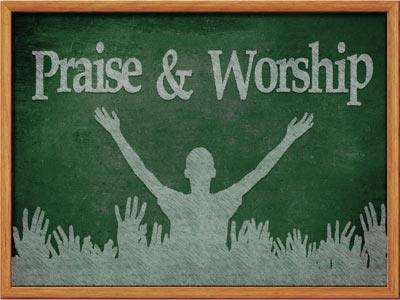-
Image And Reality Series
Contributed by W Pat Cunningham on Nov 28, 2017 (message contributor)
Summary: The Mass is offered in union with the once-for-all sacrifice of Jesus, his free self-offering, on Calvary. It is not a repetition, but a re-presentation of the one sacrifice, and carries forward into our work on earth.
December 6, 2010
St. Nicholas
The Spirit of the Liturgy
Today’s reading from Isaiah makes most sense if it was written at the time of the Babylonian exile. Because Israel had rebelled against the Lord, the covenant was voided and all the curses specified in Leviticus and Deuteronomy were imposed on the people. They had lost their land and political independence, even their sanctuary for worship. Their last king had been blinded and led away after witnessing the execution of his children. But Isaiah sees a redemption: “Then the eyes of the blind shall be opened, and the ears of the deaf unstopped.” Those who are most unfortunate will be among the first to share these blessings. It will be a new Exodus, a freedom from slavery. Matthew makes explicit this Scripture quote as a prediction of Jesus, the Messiah.
But the leaders of Israel in Jesus’s day were even shorter of sight than their predecessors before the exile. The miracles of Jesus were a threat to their world view and their power. That’s why many of these stories of healing were followed by a plot between the leaders to kill Jesus. They did kill Him. But the “exterior act of being crucified [was] accompanied by an interior act of self-giving.” (56) Jesus and the Liturgy tell us that the Body is “given for you”–given for us. “This act of giving is in no way just a spiritual occurrence. It is a spiritual act that takes up the bodily into itself, that embraces the whole man.” It is an act of the Son of God, offering from both the divine and human natures a total gift of self. “As St. Maximus the Confessor showed so splendidly, the obedience of Jesus’ human will is inserted into the everlasting Yes of the Son to the Father.” And it is in solidarity with that “Yes” of Christ that we stand together, and with the priest, acting in persona Christi capite to make our own the self-offering of Christ.
That is why the sign of the cross has been from earliest days so important to our worship. We begin and end every prayer with it. Properly done, the cross “embraces the whole man.” We begin from the top of our head and reach to our heart, then to both arms. The sign of the cross is me making my own the total gift of Jesus Christ to the Father. “[Christ’s] self-giving is meant to become mine, so that I become contemporary with the Pasch of Christ and assimilated unto God. That is why in the early Church martyrdom was regarded as a real eucharistic celebration, the most extreme actualization of the Christian’s being a contemporary with Christ, of being united with him.” (58)
Protestants often complain that we repeat again and again the sacrifice that was offered–in the words of the Letter to the Hebrews–once for all on Calvary. It is true that our Mass, especially the First Eucharistic Prayer, is full of what the Pope calls “urgent petitions for acceptance of the sacrifice.” But there is no contradiction with Hebrews. “Christ’s sacrifice was accepted long ago. . .but in the form of representation it has not come to an end. . .the ‘once for all’ wants to attain its ‘always.’ This Sacrifice is only complete when the world has become the place of love. . .Only then. . .is worship perfected and what happened on Golgotha completed. That is why, in the petitions for acceptance, we pray that representation become a reality and take hold of us. That is why. . .we unite ourselves with the great men who offered sacrifice at the dawn of history: Abel, Melchizedek, and Abraham. They set out toward the Christ who was to come.”
So what happened in history once is made contemporary by representation. Moreover, in the spirit of Isaiah and the other prophets, the Liturgy constantly makes moral demands on us. We are challenged ourselves to reach out to the blind and lame and uneducated. But unlike the prophets, the Liturgy doesn’t just make demands, it catches us up in the mystery of Christ, whose power makes it possible for us to say no to evil, and yes to the good.
This is a great time to contemplate this mystery–advent and the Feast of St. Nicholas, the great lover of his people and benefactor of the poor. When we reach back into the historical reality of Calvary and through Communion draw the graces that flowed from the heart and soul of the Savior, we are empowered to reach forward to make Christ’s kingdom a reality. We do this through the corporal and spiritual works of mercy. So we can answer the question the Holy Father asked last week. “Do we still need sacred space, sacred time, mediating symbols? Yes, because “through the image, through the sign, we learn to see the openness of heaven. We need them to give us the capacity to know the mystery of God in the pierced heart of the Crucified.” Through the sacramental signs, the chant, the proclamation of the Word, the Redeemer comes to us. When we enter into the representation we enter into the reality. Earthly time is “inserted into the time of Jesus Christ,” (61) who is our Shepherd taking the lost sheep on his shoulders and carrying us home.

 Sermon Central
Sermon Central



